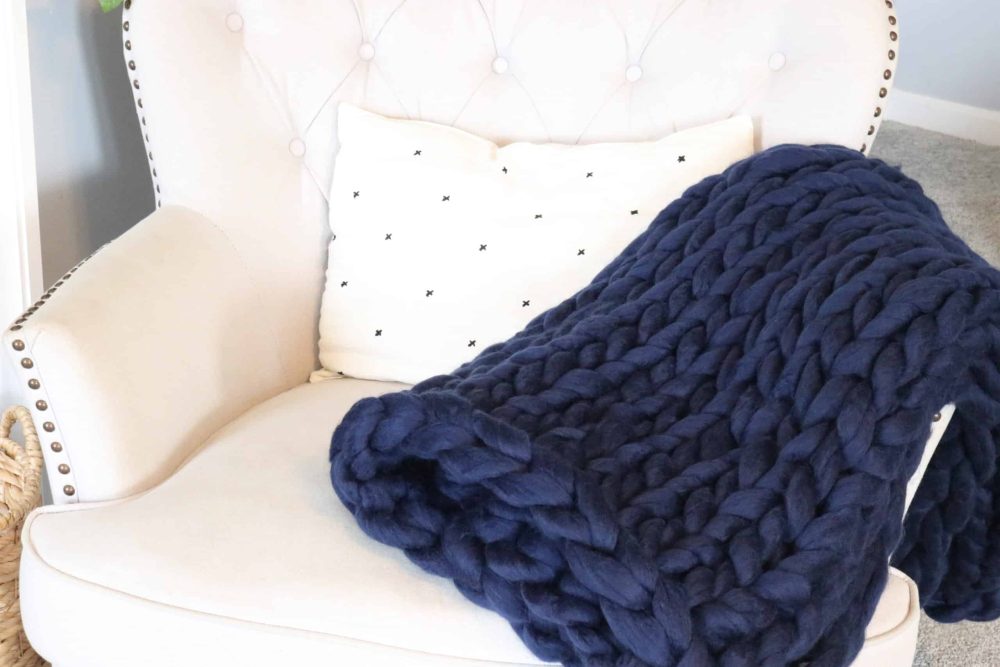Introduction
Determining how many skeins of yarn you need for a blanket can vary widely depending on several factors, including the size of the blanket, the weight of the yarn, the stitch pattern you choose, and your personal tension while crocheting or knitting.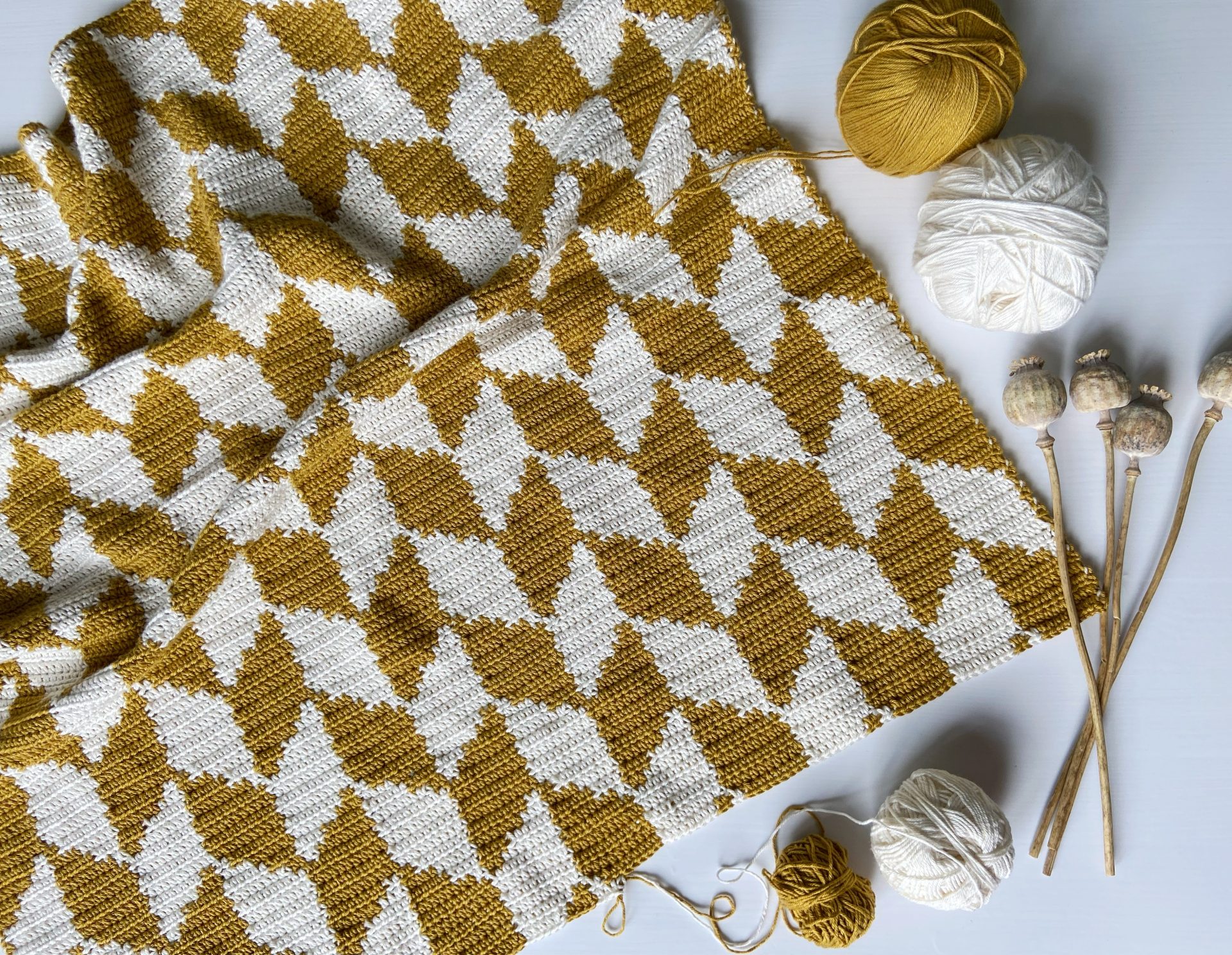
Factors Affecting Yarn Requirement:
- Size of the Blanket:
- Standard Sizes: Blankets come in various sizes, from small baby blankets to large throws for beds.
- Yarn Estimates: As a general guide, for a standard throw blanket (approximately 50×60 inches), you might need about 9 to 12 skeins of yarn. Larger blankets will obviously require more yarn.
- Yarn Weight:
- Different Yarn Weights: Yarn comes in different weights such as lace, fingering, sport, worsted, and bulky.
- Yardage Varies: Each skein of yarn will have a different yardage depending on its weight category. For instance, a skein of worsted weight yarn typically has around 200-220 yards.
- Stitch Pattern:
- Impact on Yarn Usage: The type of stitch pattern you choose affects how much yarn you will use. Simple stitches like single crochet or garter stitch typically use less yarn than complex patterns like cable or shell stitches.
- Gauge and Tension:
- Personal Crochet/Knitting Tension: Your tension (how tightly or loosely you crochet/knit) will affect how much yarn you use. Some people use more yarn per stitch than others. It’s essential to make a gauge swatch to determine your exact tension for the project.
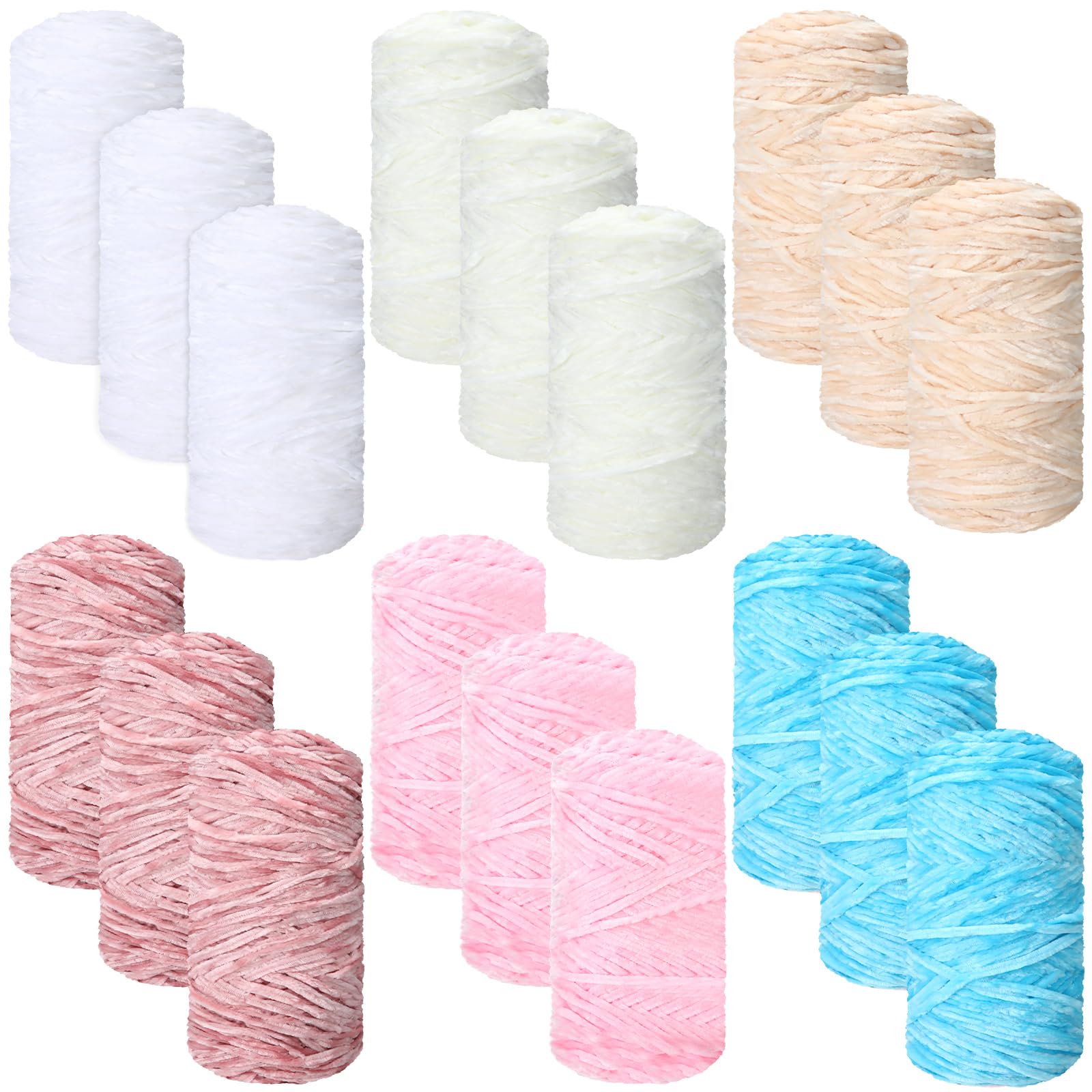 Steps to Calculate Yarn Requirement:
Steps to Calculate Yarn Requirement:
- Determine Blanket Size:
- Measure the dimensions of the blanket you want to make (length and width in inches).
- Select Yarn Weight:
- Choose the yarn weight you want to work with. This could be influenced by the pattern you intend to use, as some patterns recommend specific yarn weights.
- Estimate Yardage per Skein:
- Check the label on your chosen yarn to see how many yards/meters are in one skein.
- Calculate Total Yardage Needed:
- Multiply the total number of square inches of your blanket (length x width) by the number of yards per square inch for your chosen yarn weight.
- Divide the total by the number of yards per skein to find out how many skeins you need.
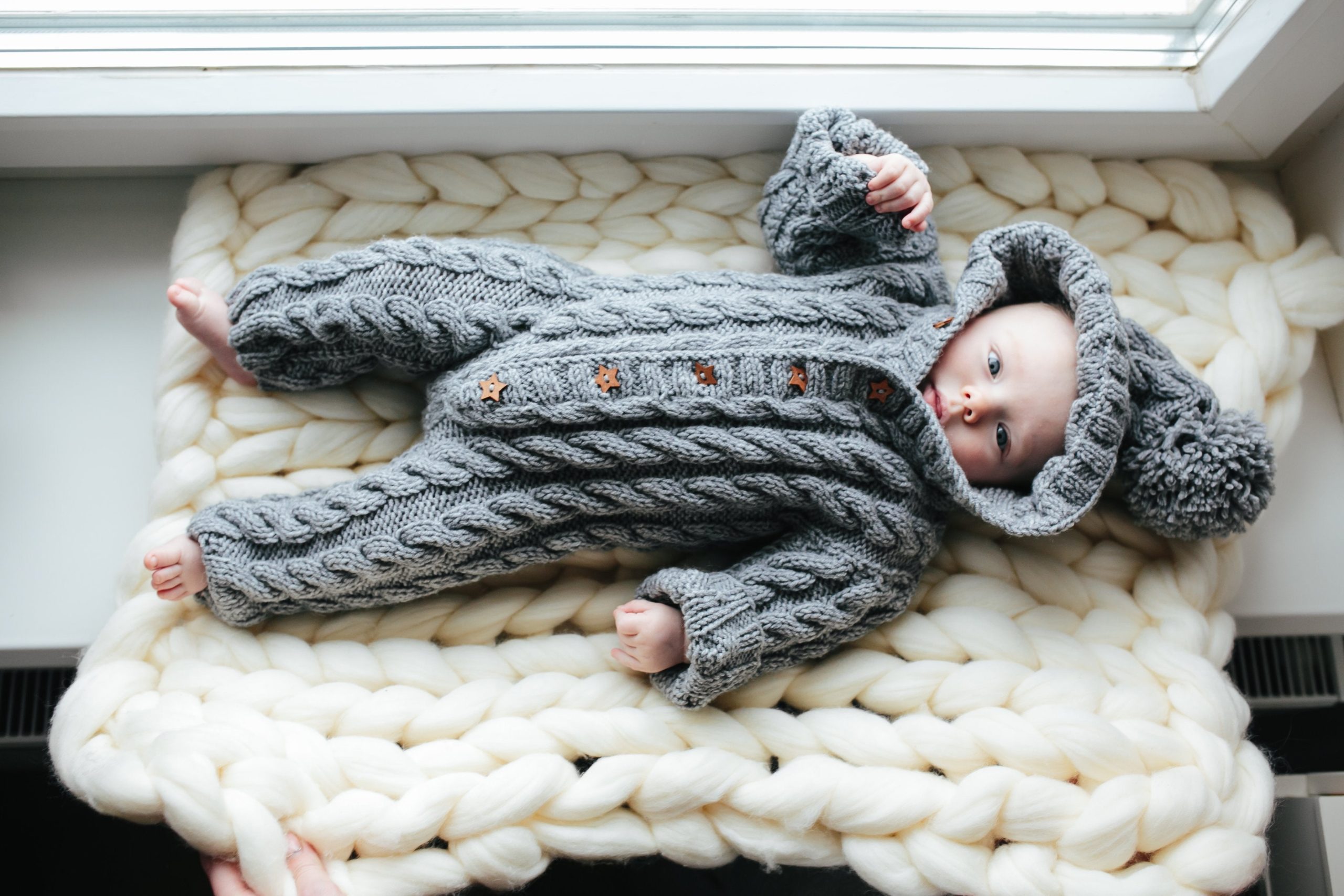
Example Calculation:
Let’s say you plan to make a 50×60 inch blanket using worsted weight yarn that has 200 yards per skein.
- Calculate Total Square Inches: 50 inches (length) x 60 inches (width) = 3000 square inches.
- Determine Yardage Needed: Assuming worsted weight yarn typically covers about 16 square inches per yard (this can vary):
- 3000 square inches / 16 square inches per yard = 187.5 yards.
- Estimate Skeins Needed: If each skein has 200 yards:
- 187.5 yards / 200 yards per skein = 0.9375 skeins.
In this case, you would round up to 1 skein, but it’s always wise to buy an extra skein to account for any discrepancies in yardage estimates, dye lot variations, or to have extra yarn for any adjustments.
Determine the Size of Your Blanket
The first step is to decide on the dimensions of your blanket. Will it be a baby blanket, lapghan, twin bedspread, or a full-sized comforter? Measure the desired length and width in inches, then convert those measurements into a total square footage. For example, a common baby blanket size might be 30 inches by 36 inches, which equals 1,080 square inches (30 x 36).
Choose Your Yarn Weight and Hook/Needle Size
Yarn comes in various weights, from superfine (laceweight) to super bulky. Each weight requires a different size hook or needle and affects the drape, warmth, and overall look of your blanket. Thinner yarns (like fingering or sport weight) will require more yardage than bulkier ones (worsted or chunky) to achieve the same size blanket due to the difference in stitch density.
Understand Gauge and Stitch Pattern
Your gauge, or the number of stitches and rows per inch, is crucial. Patterns usually specify a gauge, and achieving this gauge is important for both the size and the look of your project. A swatch test is highly recommended to ensure your gauge matches the pattern’s requirements. The stitch pattern you choose also affects yarn usage. For instance, a lacy, open weave will consume less yarn than a dense cable pattern.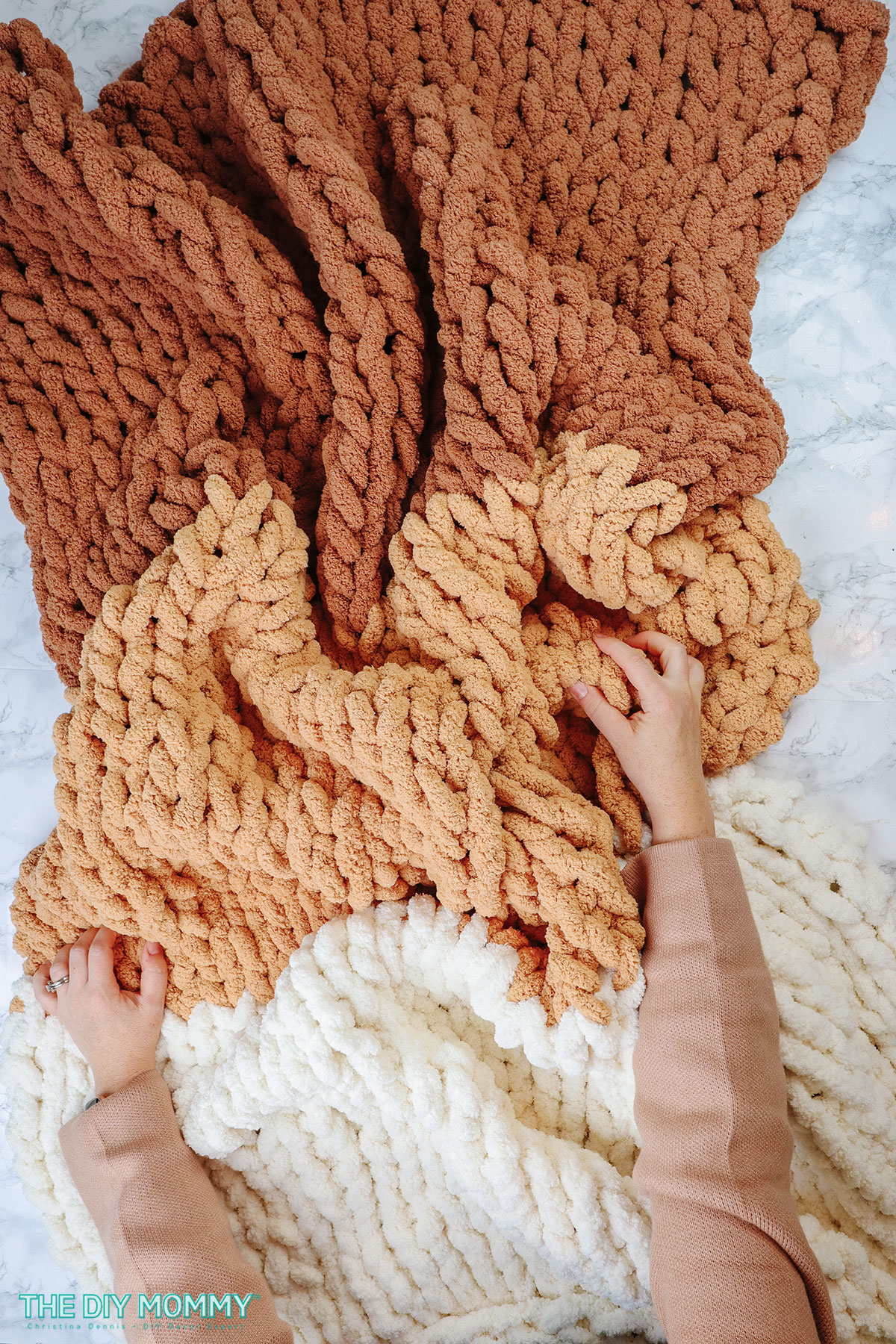
Calculate Yardage
Once you know your gauge, size, and yarn weight, you can estimate the total yardage needed. Multiply the width of your blanket in inches by the height in inches to get the total square inches. Then, based on your gauge, calculate how many stitches and rows you’ll have in total. Multiply the stitches by rows to get the total number of stitches for your blanket.
Next, check the ball band of your chosen yarn for the yardage per skein. Divide the total number of stitches by the yards per stitch (a calculation that considers your stitch gauge and yarn’s yardage). This will give you the total yardage required for your project.
Example Calculation:
Let’s say you’re making a baby blanket measuring 30″x36″, using worsted weight yarn (medium weight), with a gauge of 18 stitches and 24 rows per 4 inches, and your yarn has 200 yards per skein.
First, calculate total square inches: 30 x 36 = 1,080 square inches.
Assuming your gauge, for a 30” width, you’d have about 135 stitches (30 / 4 inches * 18 stitches). For a 36” length, you’d have approximately 173 rows (36 / 4 inches * 24 rows).
Total stitches = 135 stitches * 173 rows = 23,355 stitches.
If your gauge uses approximately 4 stitches per inch, you can estimate that each inch of织物 requires about 4 yards of yarn. Therefore, for 1,080 square inches, you’d need 4,320 yards (1,080 x 4).
Divide the total yardage by the yardage per skein: 4,320 yards / 200 yards/skein = 21.6 skeins.
Since you can’t buy a fraction of a skein, round up to the nearest whole number. Therefore, you would need 22 skeins of yarn for your project.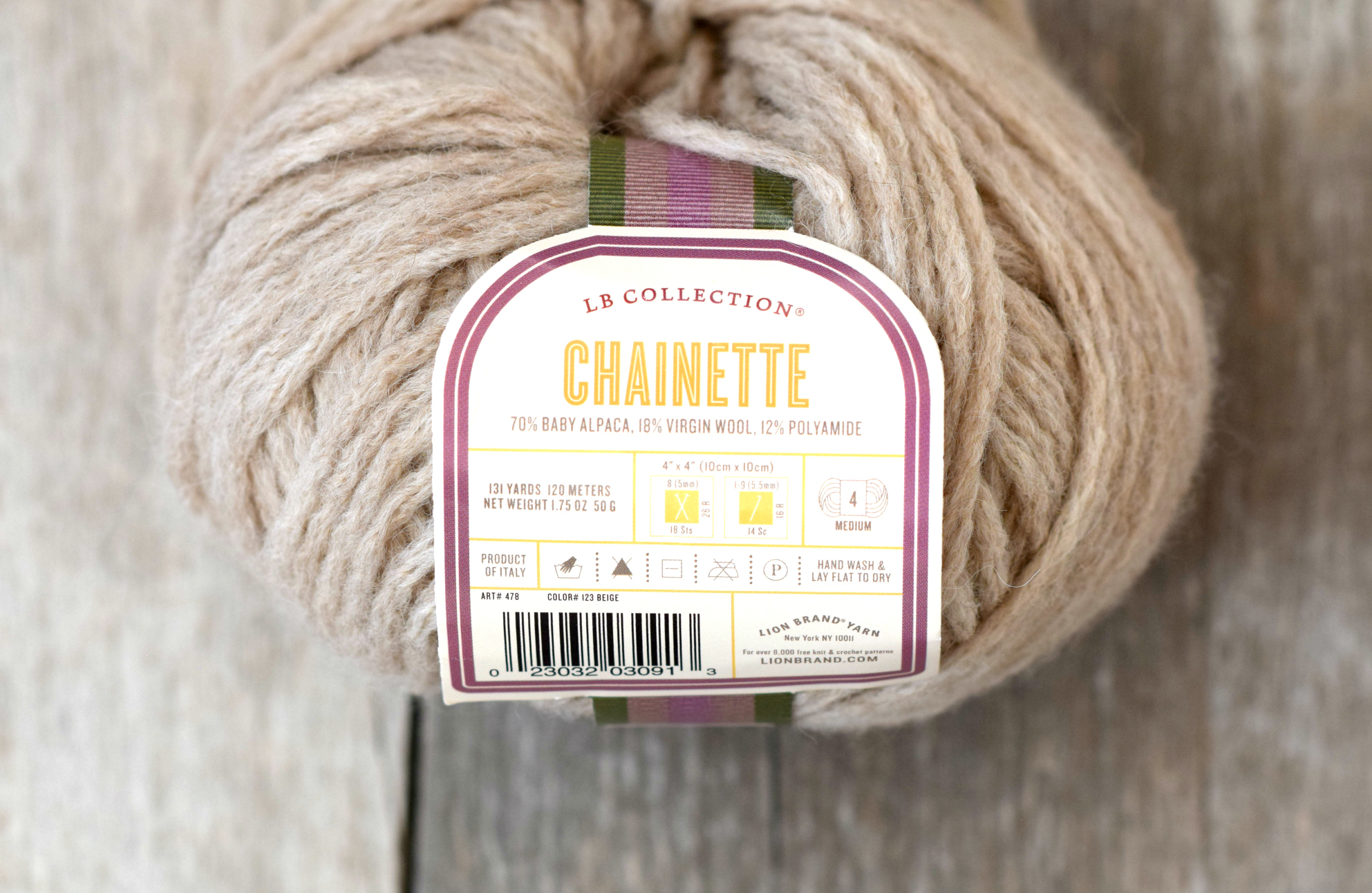
Conclusion:
Calculating how many skeins of yarn you need for a blanket requires careful consideration of the blanket’s size, the yarn weight, your chosen stitch pattern, and your personal crafting habits. By estimating the total yardage required and dividing it by the yardage per skein, you can determine how much yarn to purchase. Remember to factor in a buffer for unforeseen changes and to ensure you have enough yarn from the same dye lot for a consistent look in your finished project. Enjoy your crafting process and the cozy blanket you’re about to create!
